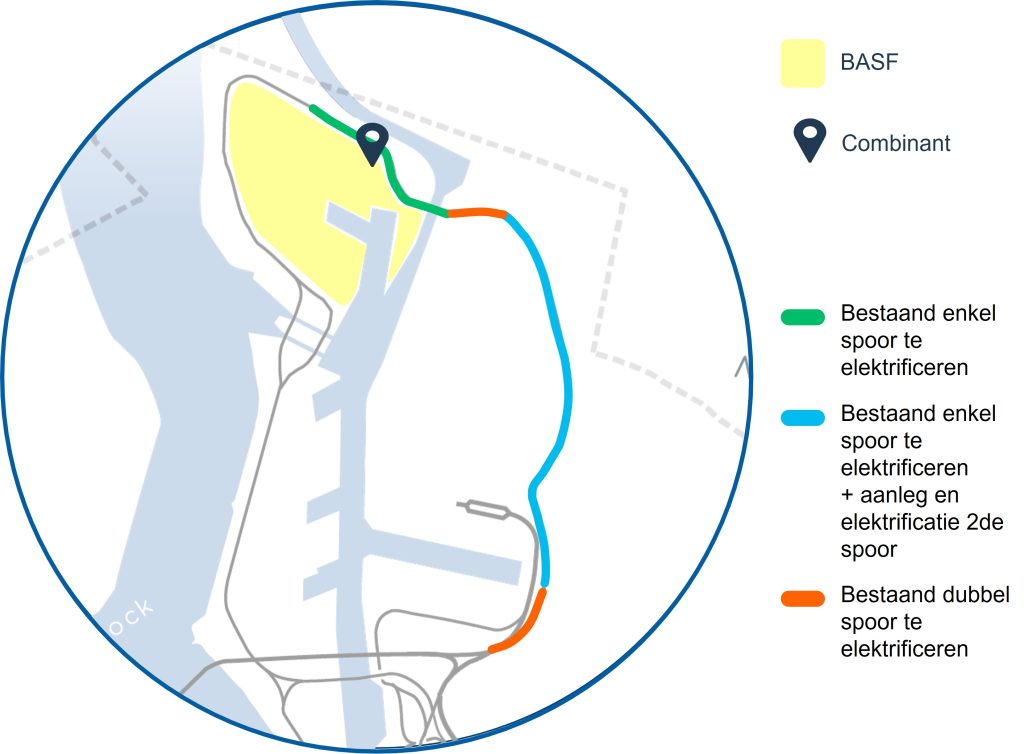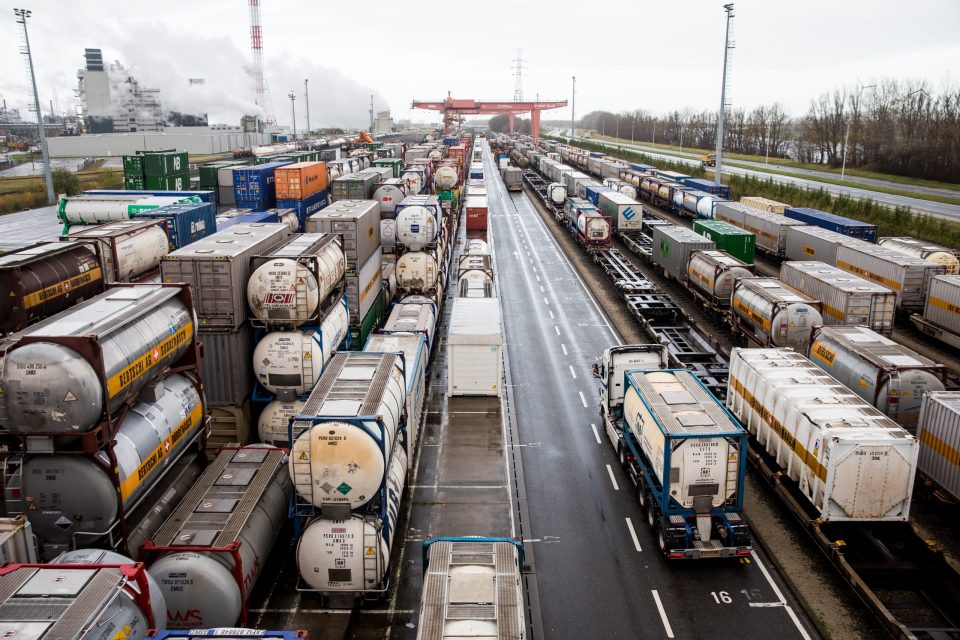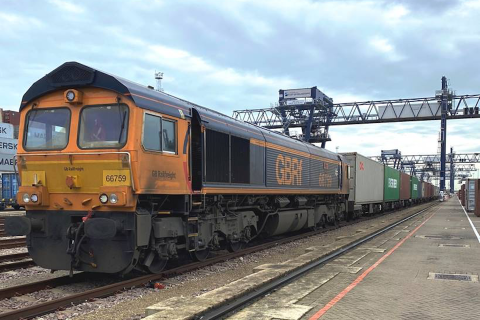Infrabel, BASF and Combinant start rail transformation at port of Antwerp

BASF, the chemical giant and Combinant, Belgium’s largest intermodal terminal, take their rail game seriously. Backed by Infrabel, Belgium’s rail infrastructure manager, the two companies aim to facilitate rail access to their locations within the port of Antwerp-Bruge by jointly upgrading a crucial rail line with an investment exceeding 30 million euros.
The L11 line, as it is known in Belgium, is part of the trans-European TEN-T transport network and an essential link to the three international freight corridors that run through Belgium. Most importantly, it provides direct rail access to the North-Western premises of the port of Antwerp-Bruge. This is where BASF, Combinant and other rail terminals’ facilities are, in a location heavily using rail but with a single rail gateway.
However, by 2026 this situation is set to change. The freight line’s capacity will double by building a second track, while both tracks will get electrified. Infrabel will commence the second track’s construction in mid-2024, and the process will last two years, including the electrification. As for the existing line, electrification works will start in Autumn 2023 and finish with the project’s deadline.

5 km of line and electrification make the difference
A fun fact about the L11 railway line is that it runs between the two strips of the A12 motorway in Belgium. A not-so-fun fact is that it carries a substantial share of rail traffic with a single non-electrified line. The joint investment by Infrabel, BASF and Combinant is, in fact, quite simple in principle.
First, the three parties want to electrify the existing ten km-long track. Second, they want to build a second line since the existing track is only partially double at its beginning and end. Out of the ten kilometres, only five are double, meaning that the new line that will double capacity will be five kilometres long. “Doubling this crucial freight railway line not only makes rail freight transport more attractive, but it will also positively impact the environment and traffic in the port and far beyond”, commented Jacques Vandermeiren, CEO Port of Antwerp-Bruges.
Additionally, by electrifying the tracks’ part where they reach BASF and Combinant’s premises, L11 will facilitate fully electrified rail freight transport and save approximately two hours of trip per train, thus releasing more capacity.

Main players take initiative
According to Infrabel, “two-thirds of the freight trains using the L11 line go to Combinant or BASF’s facilities”. Keeping the modal shift in mind and the viability of their business, the two players’ decision to initiate such an investment comes as no surprise. “This investment in the strategic freight line L11 is a clear request from the industry”, said Infrabel’s CEO, Benoît Gilson.
Besides the joint investment in the L11, Combinant and BASF will carry out additional investments in their facilities. For instance, they both want to partially electrify five tracks on their sites, while BASF will fully electrify a 740-metre-long track.
On its behalf, Combinant also invested in a new 760-metre-long line that cost approximately 2 million euros. “The extra construction of a track of 760 meters in length […] ensures that Combinant is ready for the future”, said the terminal’s general manager, Ben Beirnaert. “With the investment in additional capacity and the construction of a 760-metre track, Combinant will be able to strengthen its position as a strategic terminal in BASF’s intermodal network as well as in the port of Antwerp”, added Jan Remeyse, CEO BASF Antwerpen B.V.
Follow RailFreight.com on Google News and get the latest industry updates.
Also read:
-
Rail will have a role in Ghent’s upcoming circular industrial estate
-
12 years, 133 million euros: Zeebrugge presents its new harbour lines
You just read one of our premium articles free of charge
Want full access? Take advantage of our exclusive offer





